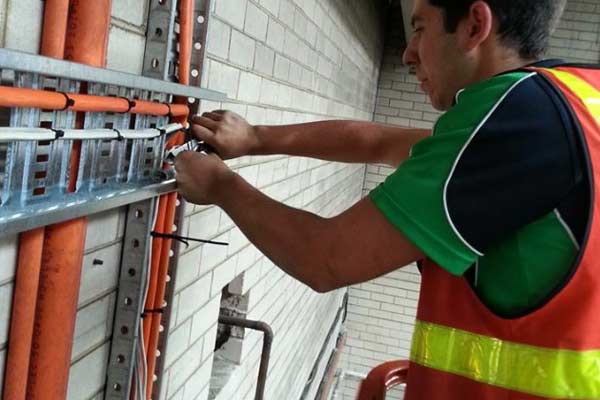Determine The Wattage Of Your Fan To Find Out How Much Power A BLDC Ceiling Fans Uses

Ceiling fans are an essential appliance in most households, providing relief from the scorching heat of summers. With technological advancements, traditional ceiling fans have evolved into more energy-efficient options, such as BLDC (Brushless Direct Current) ceiling fans. Understanding the wattage of your fan is crucial in determining its power consumption and energy efficiency. In this article, we will delve into the depths of determining the wattage of your fan to find out how much power a BLDC ceiling fan uses.
The Importance of Wattage in BLDC Ceiling Fans
Wattage is a measurement of the power consumed by an electrical device, and it plays a significant role in determining the energy efficiency of a BLDC ceiling fan. Unlike traditional fans, BLDC ceiling fans utilize advanced technology to reduce power consumption while providing optimal airflow. By determining the wattage of your fan, you can gauge its energy efficiency and make an informed decision when choosing a ceiling fan for your home.
How to Determine the Wattage of Your Fan
To determine the wattage of your fan, you can follow these simple steps:
- Find the wattage rating on the fan: Most fans have a wattage rating mentioned either on the fan itself or in the user manual. Look for this information to get an idea of the power consumption of your fan.
- Use a watt meter: If you cannot find the wattage rating, you can use a watt meter to measure the power consumption of your fan directly. Simply plug the watt meter into the power outlet and then plug your fan into the watt meter. Turn on the fan and observe the wattage displayed on the meter.
Understanding BLDC Ceiling Fan Power Consumption
BLDC ceiling fans are known for their energy efficiency, as they consume significantly less power compared to traditional fans. The power consumption of a BLDC ceiling fan depends on several factors, including fan speed, size, and design. Generally, BLDC fans consume around 28-35 watts of power at their highest speed settings, while traditional fans can consume up to 75 watts or more.
Advantages of BLDC Ceiling Fans
BLDC ceiling fans offer several advantages over traditional fans, including:
- Energy efficiency: BLDC fans are designed to minimize power consumption, making them more energy-efficient and cost-effective in the long run.
- Silent operation: BLDC fans operate quietly, creating a peaceful and comfortable environment in your home.
- Longer lifespan: The absence of brushes in BLDC fans reduces friction, resulting in a longer lifespan compared to traditional fans.
- Remote control functionality: Many BLDC fans come with remote control options, allowing you to easily adjust fan speed and settings without getting up from your seat.
Factors Affecting BLDC Ceiling Fan Power Consumption
Several factors influence the power consumption of a BLDC ceiling fan, including:
- Fan speed: The higher the fan speed, the more power it consumes. Adjusting the speed of your fan according to your comfort level can help optimize power consumption.
- Fan size: Larger fans generally consume more power than smaller ones due to the increased amount of air they move.
- Blade design: The design of the fan blades affects the airflow and power consumption of the fan. Fans with aerodynamically designed blades can provide better air circulation while consuming less power.
Conclusion
Determining the wattage of your fan is essential in understanding its power consumption and energy efficiency. BLDC ceiling fans are an excellent choice for energy-conscious consumers due to their lower power consumption compared to traditional fans. By following the steps mentioned above, you can easily determine the wattage of your fan and make an informed decision when choosing a BLDC ceiling fan for your home. Embrace the energy-efficient technology of BLDC ceiling fans and enjoy comfortable and cost-effective cooling all year round.
The Cost Of Clutter: How Junk Impacts Your Finances
March 28, 2024
Comments are closed.
-
Find Electricians in the Eltham Area
June 27, 2022 -
Tips for Choosing the Best ADU Builder
May 8, 2024
Latest Posts
-
Tips for Choosing the Best ADU Builder
May 8, 2024 -
6 Reasons Why You Should Live In The Bay Area
April 10, 2024 -
The Impact of Your Groceries
March 29, 2024
Recent Posts
- Tips for Choosing the Best ADU Builder May 8, 2024
- Determine The Wattage Of Your Fan To Find Out How Much Power A BLDC Ceiling Fans Uses May 1, 2024
- 6 Reasons Why You Should Live In The Bay Area April 10, 2024
- Experience the Benefits of Residential Water Softener Installation April 2, 2024
- The Impact of Your Groceries March 29, 2024










